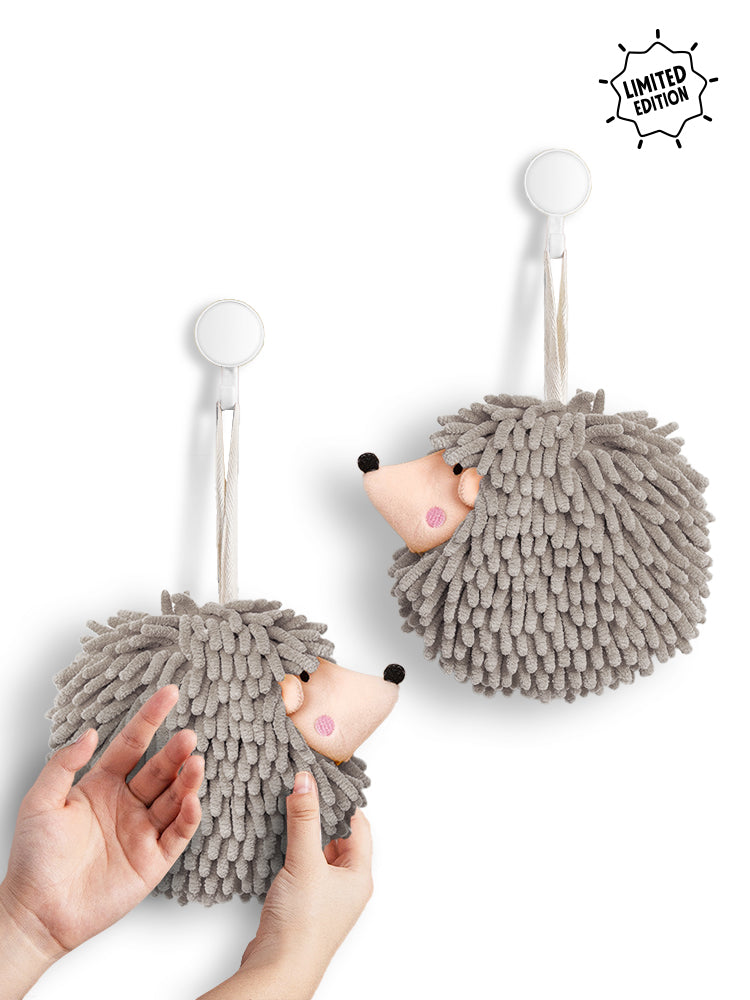
Ring in the New Year with a new lease on your home's drawers, cabinets, closets, and desks. Organization is in and we’re tackling it one space at a time. So what sets this year apart from the rest? The fact that you’ll actually be able to stick to your resolution of a more organized, stress-free year. We’ve created a cheat sheet of common problem areas in your home, plus how to tackle them to ensure a smoother routine. Cheers to everything finally having its place!
1. Pantry
When it comes to the payoff for your organizational efforts, your kitchen is one area where you’ll likely see a return on investment within the first week. Not only can keeping an organized pantry help save your sanity, but it can also save you money at the grocery store, too. Knowing what you have in stock and keeping items visible helps reduce waste and ensure you don’t buy items you already have in stock. Swapping cereal boxes for air-tight containers, using risers to store smaller items or organize canned goods, and employing the ever-useful lazy Susan can transform your pantry for the year ahead.
To keep on the right track once you complete your pantry overhaul, add a pantry inventory to your weekly to-do list. This quick process allows for check-ins on what’s running low, what’s needed, and products nearing their expiration dates that need to be used ASAP. It also allows you to straighten up your mildly messy pantry at regular intervals before things start to spiral.
2. Mudroom
A good mudroom can keep a home running efficiently and smoothly, but a messy one can be just the encouragement you need to say good riddance to an organized 2025 in record time.
Depending on the state of your mudroom, you might need to start with a good purge. From there, organization is essential to the future success of this space. Built-ins or storage-focused furnishings can take you a long way in that aim, but they might not work for every mudroom and every budget. Consider small details that can make a big difference like a shoe rack under a bench, pegs lining the wall, and hooks by the door for leashes, bags, and more.
Understanding how you use your mudroom is key in outfitting the space with storage items, so take your time in determining what is best. Once you land on the right setup, you’ll find it easier to keep your space tidy and organized for the long haul—a worthy investment to be sure.
3. Work Zones
Craft closets, office nooks, homework stations—they all apply here. These working zones can quickly become counterproductive once they’re under the influence of clutter.
Start by eliminating anything you don’t use for that area. That might mean getting rid of it completely (whether donating, recycling, or tossing it in the trash) or simply re-homing it to another area where it makes more sense to store. Even small items can add up, so pay attention to everything within the space.
You should also establish your habits within the space. What do you need nearby to make tasks a bit easier? What should be out in the open (i.e. on the desk) and what is better stored in a drawer, cabinet, or shelf? Finally, set your space up with organizational tools that ensure everything has a place, a fundamental element of maintaining a more efficient space throughout the year.
4. Kids Rooms
Children’s rooms rapidly acquire far too much, far too quickly if you let them. From plastic trinkets that come in kids' meals to broken toys, outgrown clothes, and more—the possibilities for needless clutter abound.
Start by tackling this project in a step-by-step or zone-by-zone manner, perhaps tackling closets one week, dressers another, night tables and under-bed areas the next. While it can sometimes be hard to get kids in on the purging (particularly little ones), loop them into the process if possible. Even if it’s just bringing in your child to help put stuffies in a new basket in the closet or helping to arrange stacks of books on their shelf, encouraging them to join in on the process can help kids feel a sense of ownership in maintaining the order and cleanliness of their newly organized room.
5. Junk Drawer
Finally, the dreaded junk drawer—the place where everything you don’t know where to put eventually makes its way.
Start by creating an inventory. Toss anything you don’t need, want, or plan to use. If you have a basket of pens and miscellaneous permanent markers, test all of them and toss any that are dried up. Consider the contents of your entire drawer and what some problem areas might be. For instance, if your drawer includes a stack of expired coupons you never got around to using, you might find a way to file them and keep them in a place where they can be accessed easily and therefore put to use more often in the future.
It also helps to consider the size of your junk drawer. Downsize whenever possible as junk drawers are like handbags—the more space, the more room there is to acquire all sorts of items you don’t need to be toting around.
Sources:
- All photos used in this blogpost are sourced from the internet, and the rights belong to their respective owners
- Shannon, P. (2025d, February 3). 5 Spots to Organize ASAP To set yourself Up for a Stress-Free Year. Better Homes & Gardens. https://www.bhg.com/spots-to-organize-asap-new-year-8781503


